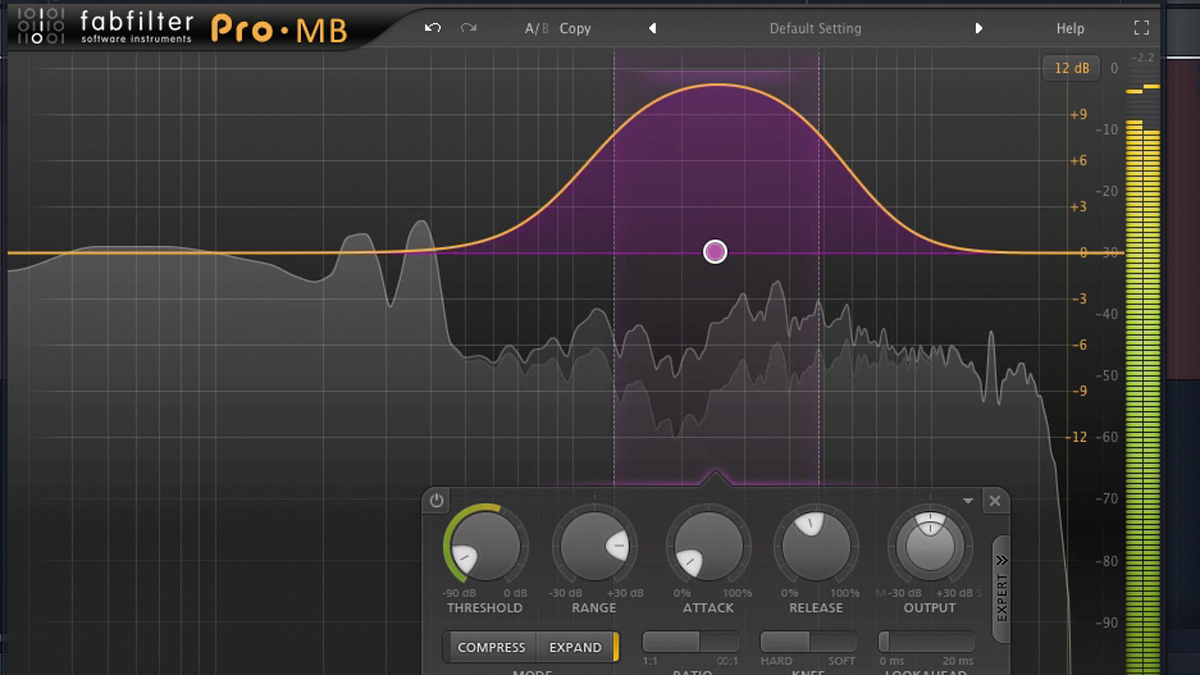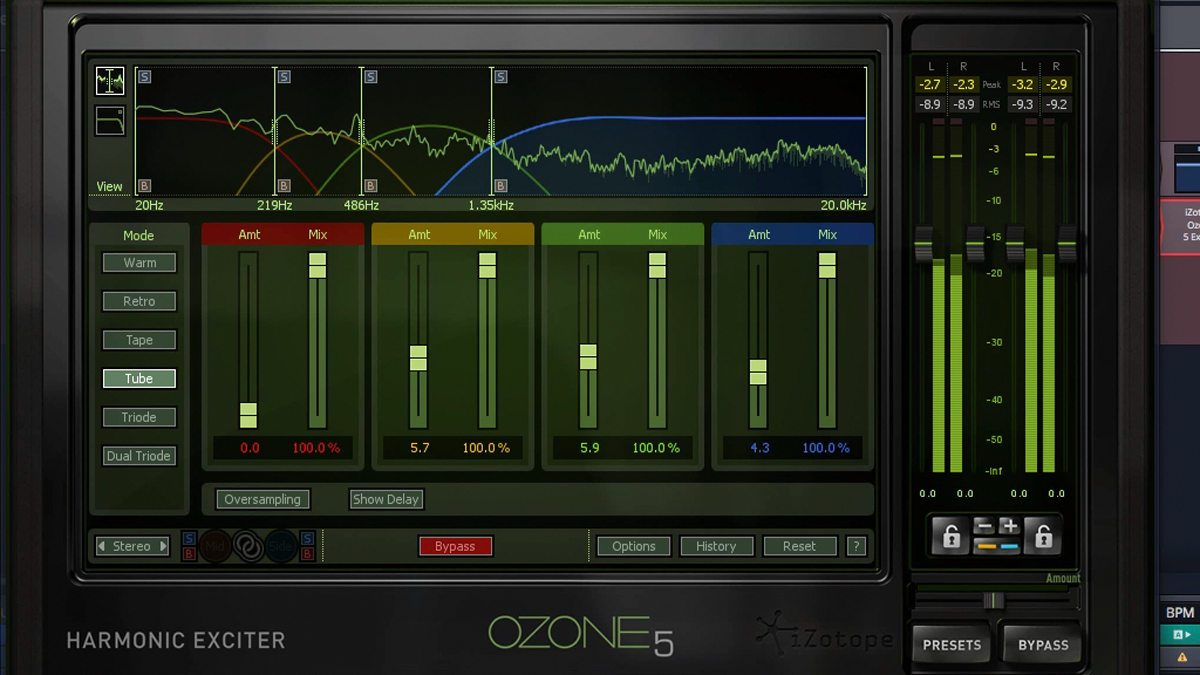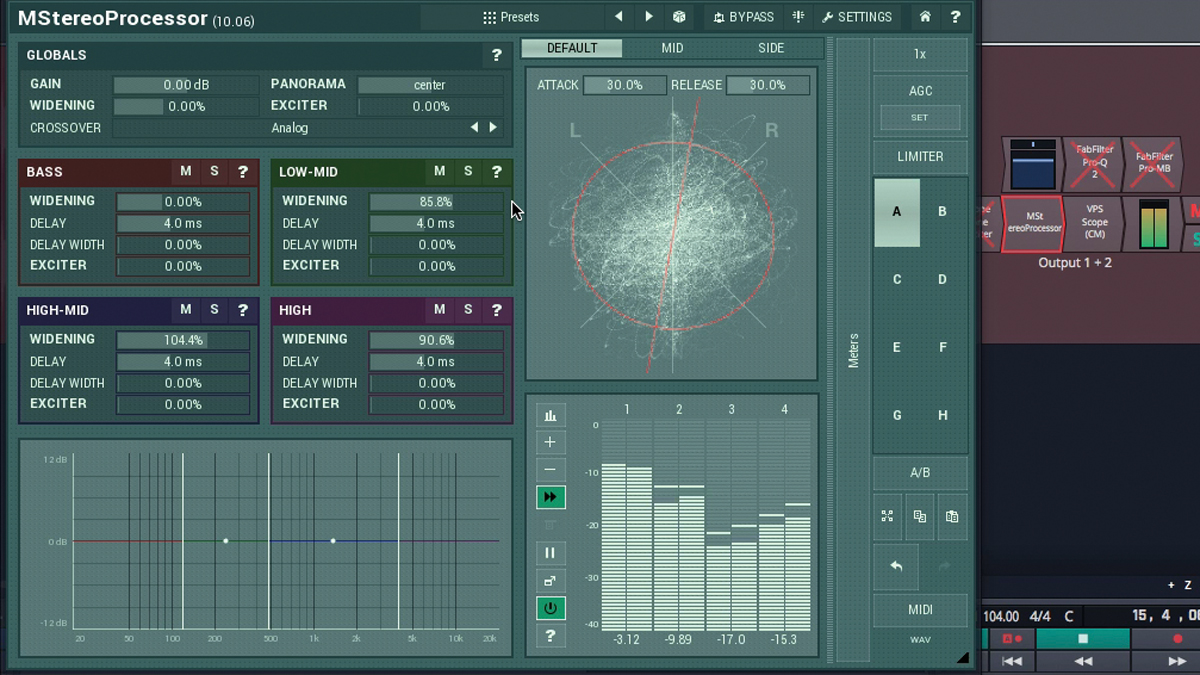How to make a sound seem louder while keeping its average level the same
You can do it by using some psychoacoustic trickery
If someone screams in your ear while you’re trying to get to sleep, it’s likely to cause a domestic incident; if that same person screams in your ear while you’re in a club, you may struggle to hear what they’re saying.
Loudness isn’t all about volume - it depends a lot on context, and there are also psychological (and physiological) factors that come into play when making things ‘loud’.
The ear has a mechanism to protect against loud sounds: the ‘acoustic reflex’ tightens muscles in the ear, with the aim of reducing the impact and the damage from high-pressure sounds. This is why gun firing ranges play a loud tone before targets drop down and people start shooting - it’s a protective measure.
The acoustic reflex is exploited by cinematic sound designers, who mimic its effects by reducing the level of, say, an explosion, just after the initial impact, making us think our muscles have just spasmed because of a huge sound.
What about the duration of a sound? A clap of thunder is louder than a passing train, but which one would you rather subject your ears to? The sound of the train takes far longer to end, making us think it’s louder. The same effect applies when someone’s trying to slowly open a bag of crisps in a quiet cinema - just get it over with!
You might know from basic compression theory that we judge loudness based on a sound’s average level rather than its highest (peak) level. Specifically, we judge it over a window of about 400ms. But as we’ve hopefully just explained, loudness isn’t just about volume - it’s often more about perception.
In the walkthrough below, we’re going to take a musical loop and make it seem louder, all while trying to keep its average level exactly the same. We’ll use a variety of techniques, none of which actually alter the average level of the sound.
Want all the hottest music and gear news, reviews, deals, features and more, direct to your inbox? Sign up here.
Remember, we’re not trying to make it sound better, per se - just louder, and you might not agree that every change has actually achieved that goal.

Step 1: We’re going to take a loop and use some psychoacoustic knowledge to make it sound as loud as we can, without increasing its average level. We Import Track Loop 108bpm.wav into our DAW, and put Vengeance-Sound’s VPS Scope on the master. We set Scope’s Metering Mode to K12, and its RMS Length up to 1000ms. The solid line gets close to 0dB, but it never breaches it.

Step 2: Psychoacoustics tells us that the more frequencies a sound contains, the louder it will seem. The sound’s got energy at every frequency, but there’s headroom left between 400Hz and 2kHz. With an EQ, we boost this area, being careful not to boost the louder parts next to it. Looking at Scope, we still aren’t breaching 0dB. Compare the sound with and without the EQ. Do you think it sounds louder?

Step 3: There are other ways we can alter the frequency spectrum’s level. How about multiband expansion, dynamic EQ, or even using a high-resolution vocoder with some sidechained white noise to make the spectrum as flat as possible?

Step 4: The problem with high frequencies, when compared to bass frequencies, is there’s just less energy in them. We can beef them up with some saturation. iZotope’s Ozone Exciter will add weight to different bands - we arrange our crossovers and drive the three upper bands, while keeping an eye the overall average level. The difference is subtle.

Step 5: Will widening the sound make it seem louder? Will it have an effect an the actual average level? We try it out with a multiband stereo imager. To our ears, this extra ‘impressive’ width does sound louder, and yet the levels in Scope remain the same. Remember, we’re trying to make things sound ‘louder’, not ‘better’ here.
You might notice that all the processes we’ve used here - gentle EQ, saturation and stereo width - are associated with mastering. We couldn’t use compression, because we wanted to keep the levels the same, but that’s definitely another way to make things louder. When it comes to mastering, it seems like a lot of the processes used for squeezing extra loudness out of a track have come from psychoacoustic principles - whether knowingly or not.
Computer Music magazine is the world’s best selling publication dedicated solely to making great music with your Mac or PC computer. Each issue it brings its lucky readers the best in cutting-edge tutorials, need-to-know, expert software reviews and even all the tools you actually need to make great music today, courtesy of our legendary CM Plugin Suite.
